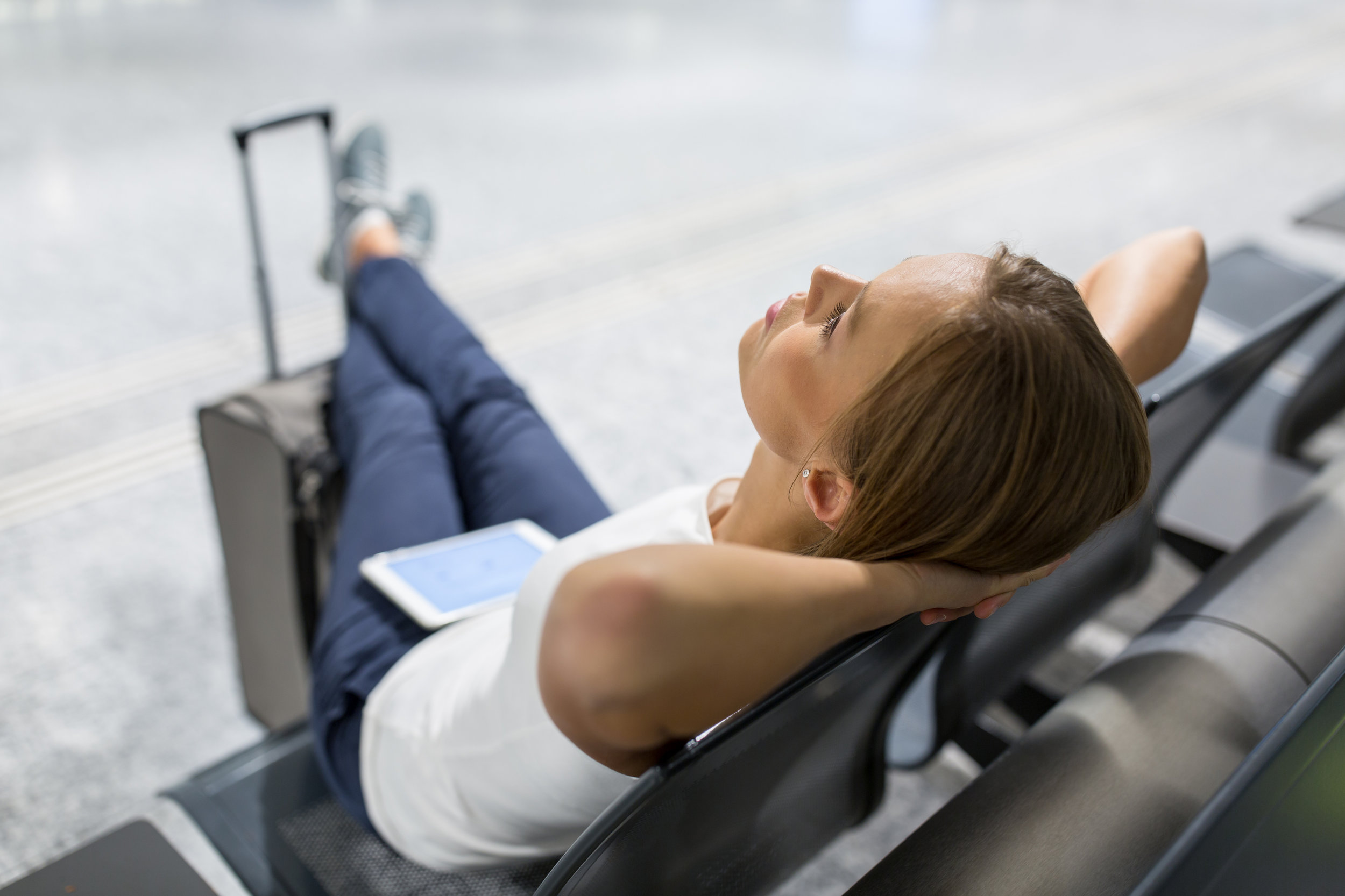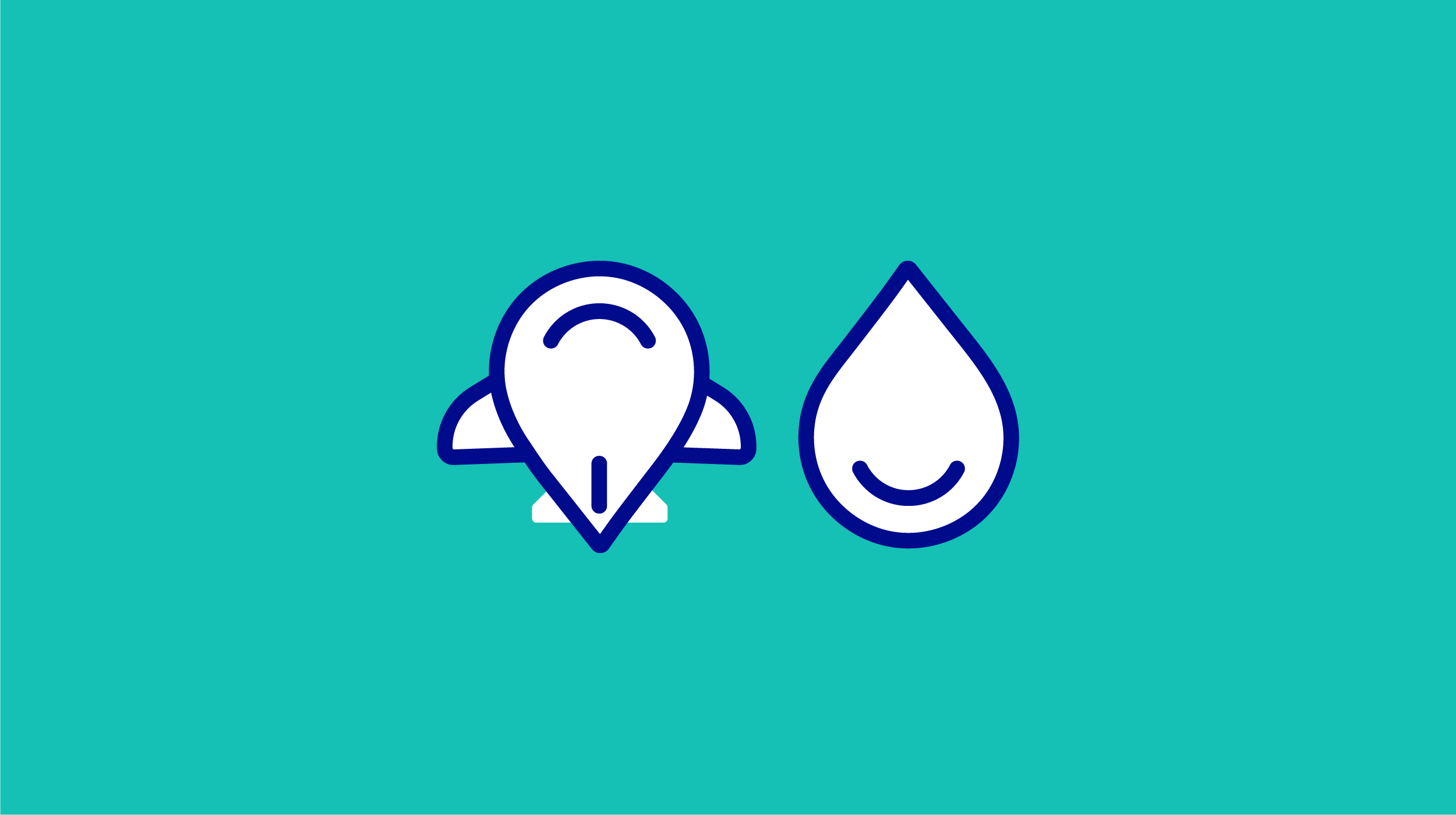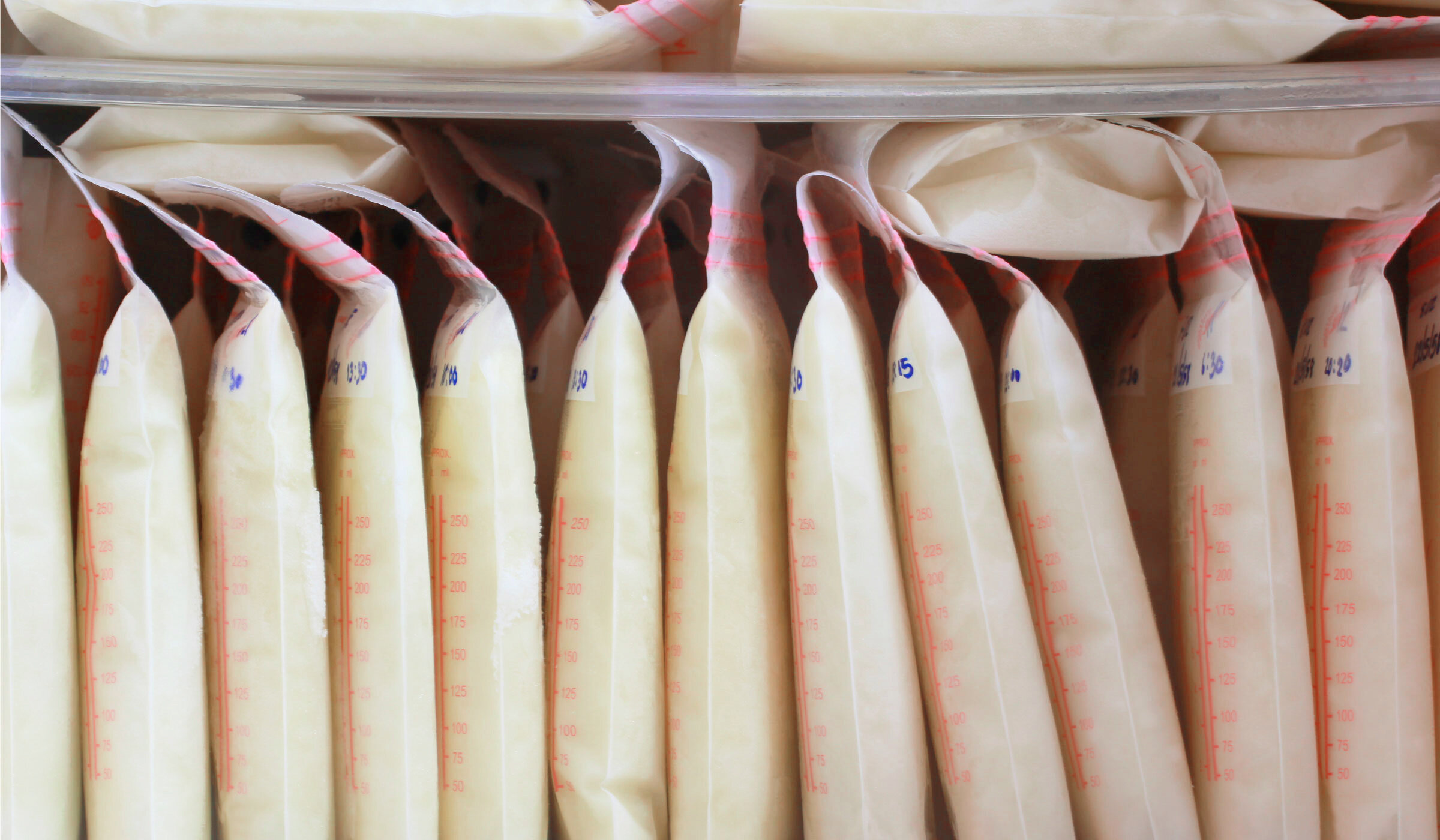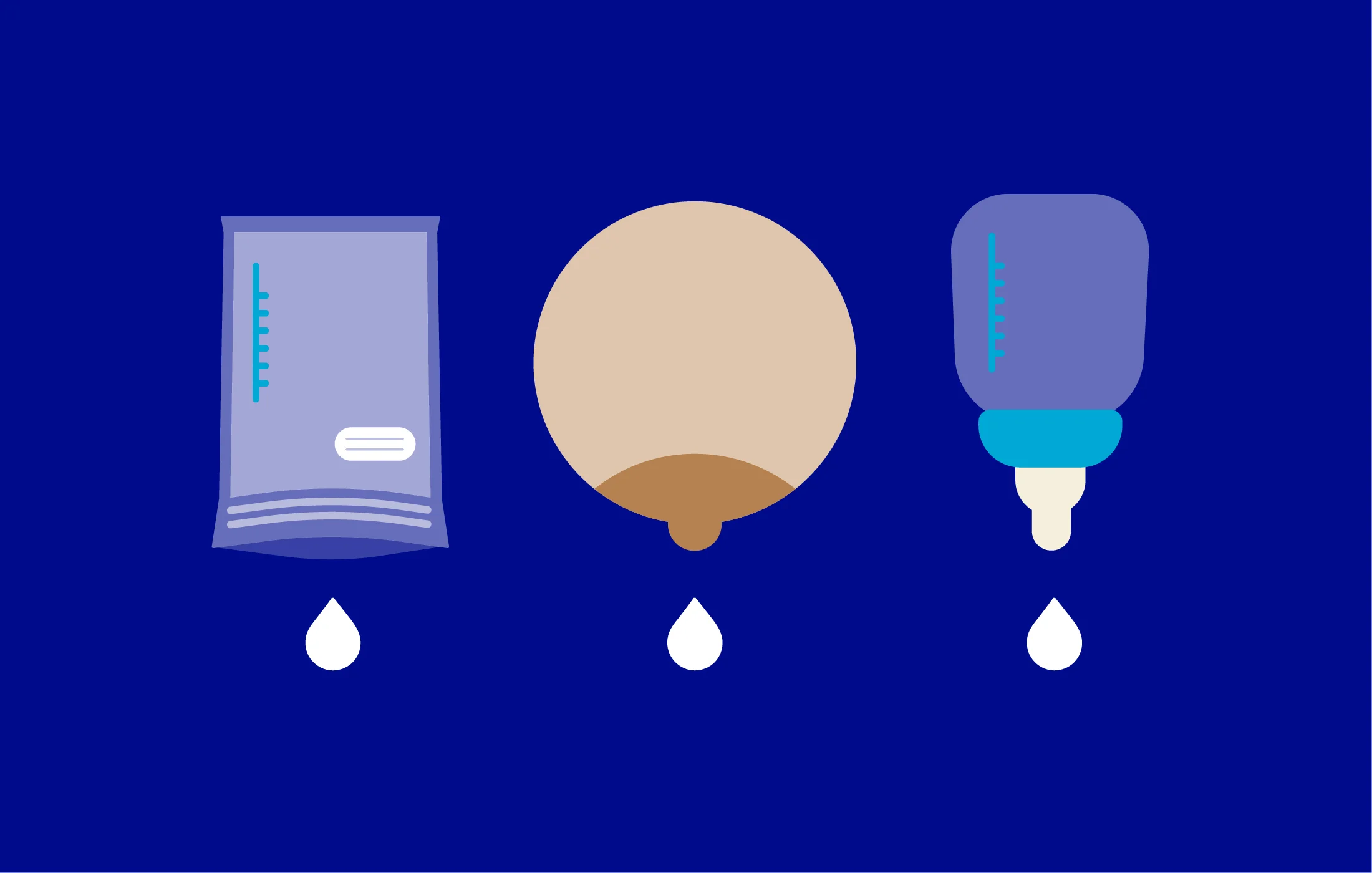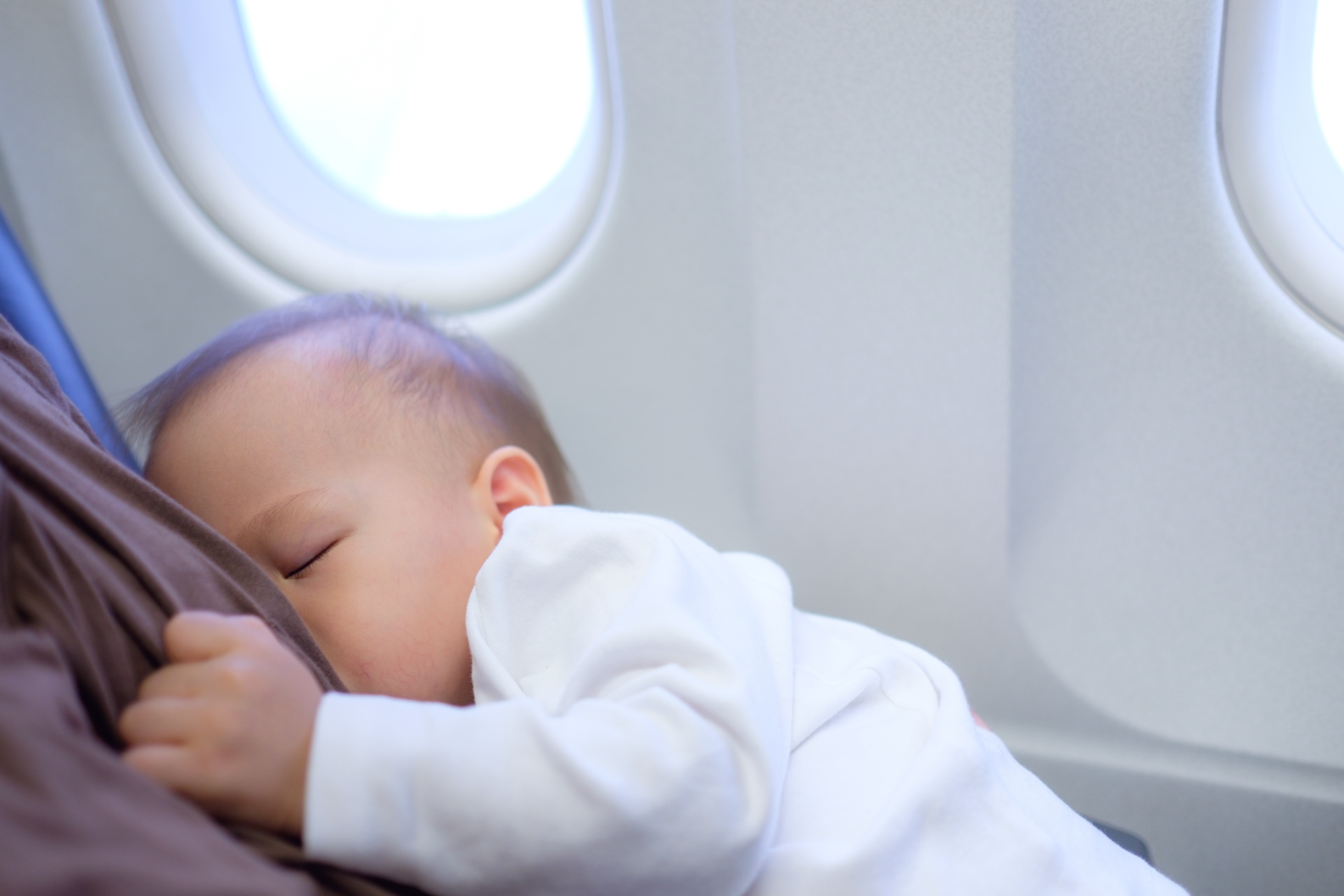Fly Fearlessly With Breast Milk: Your TSA Rights in Plain Speak
Every week there are stories about parents traveling with breast milk who encounter a TSA agent who makes them prove their breast milk actually is breast milk (and then contaminates it). Or, just as bad, dumps it out. Many traveling breastfeeding folks don’t know their rights because, let’s face it, the TSA guidelines are vague and confusing. So before you book your next flight, here’s what you need to know.
Breast milk is allowed
Breast milk, formula, and juice are all allowed in your carry-on bag. Unlike shampoo and other liquids, breast milk is exempt from the “limited quantity rule” of 3.4 ounces. Let the TSA agents know you’re traveling with breast milk and separate your pump and bottles (empty or full) from other liquids for screening.
Your breast milk does not need to be X-rayed or opened
Screening procedures are increasingly non-invasive, so if your breast milk is frozen, a visual inspection is usually fine. However, if it’s thawed, TSA agents may want to test it for explosives, but you have the right to say no. You can also ask the TSA agent to put on a fresh pair of gloves if they handle your bottles or bags of milk.
Freezer packs are fine
You’re allowed to carry freezer bags, ice packs, and gel packs to keep your breast milk frozen, but they need to be frozen solid. If they’re slushy or partially melted, they may be subjected to additional screening. If there’s any liquid in them, they’re held to the liquid rule of 3.4 ounces or less. Unfortunately, it may depend on the TSA agent you encounter as TSA agents have the final say about what is allowed through security. Pro tip: the heavy duty ice packs last longer than the frozen gel packs.
Pack like a pro
Pack your pump, breast milk, and freezer packs together in one bag to simplify your life. Unfortunately, there’s a lot of confusion about whether or not breast pumps are considered medical devices (which would not count as one of your carry-on bags). According to the FDA a breast pump is a medical device. Yet, despite this ruling, each airline treats breast pumps differently, so it's best to check directly with your specific airline. Hats off to United Airlines for specifically stating that moms are allowed an extra carry-on bag for their breast pump! Pro tip: always bring a hand pump in your carry-on bag...just in case.
Plan ahead
Mamava’s (free) locator app can help you plan your trip by locating lactation spaces where you’re going. Reviews and photos from other traveling moms let you know ahead of time what kind of amenities to expect (rocking chair, locking door, outlets, etc.) The app works like a secret key for the breastfeeding club: it opens Mamava pods with a click of a button, provides vacancy alerts, and includes sounds for letdown that can help with milk flow on the go.
Be your own advocate
If you find yourself in an airport without a lactation space and are directed to a family restroom, be the voice for all breastfeeding parents and explain why pumping milk in a bathroom is not okay. And then be sure to let the airport know that they need to improve their lactation facilities.
In the event you do experience any problems or encounter an uninformed TSA agent, we recommend calling TSA directly: TSA Contact Center: 1-866-289-9673.
Consider frequent flyer options
If you travel a lot for work, consider investing in the TSA pre-check program to reduce the lines, the wait, and the hassle (the price is $85). If you’d rather not travel with your liquid gold, Milk Stork will ship it home for you.
Check the laws for international travel
It's not easy to find the rules and regs for crossing borders with breast milk. To make it even more complicated, the rules vary according from country to country. For example, Britain allows up to 2000 ml of breastmilk (67 ounces) in your carry-on luggage, but only if it's not frozen. Frozen breast milk must be packed in your checked luggage, no exception. The good news is that breast milk can last at room temperature for 6-8 hours in a cool environment. Canada has very clear rules that do not limit breast milk to their 100 ml liquid rule. When in doubt, contact the American consulate in your destination country for the most up-to-date regulations.
You can ship breast milk across borders
The most foolproof way to get your breast milk home is to pack it—frozen—in your checked luggage. While it's legal to ship breast milk into the U.S., rules for exporting it vary from country to country (but keep in mind you're shipping it person-to-person for non-commercial purposes). Both DHL and FedEx do ship breast milk internationally, but make sure they do so in the country you're visiting.
For more information about traveling with breast milk, check out the CDC’s page!
Mamava designs solutions to empower breastfeeding and pumping parents on the go, like our freestanding lactation pods, Mamava’s lactation space locator app, and other helpful resources.
More parent resources

